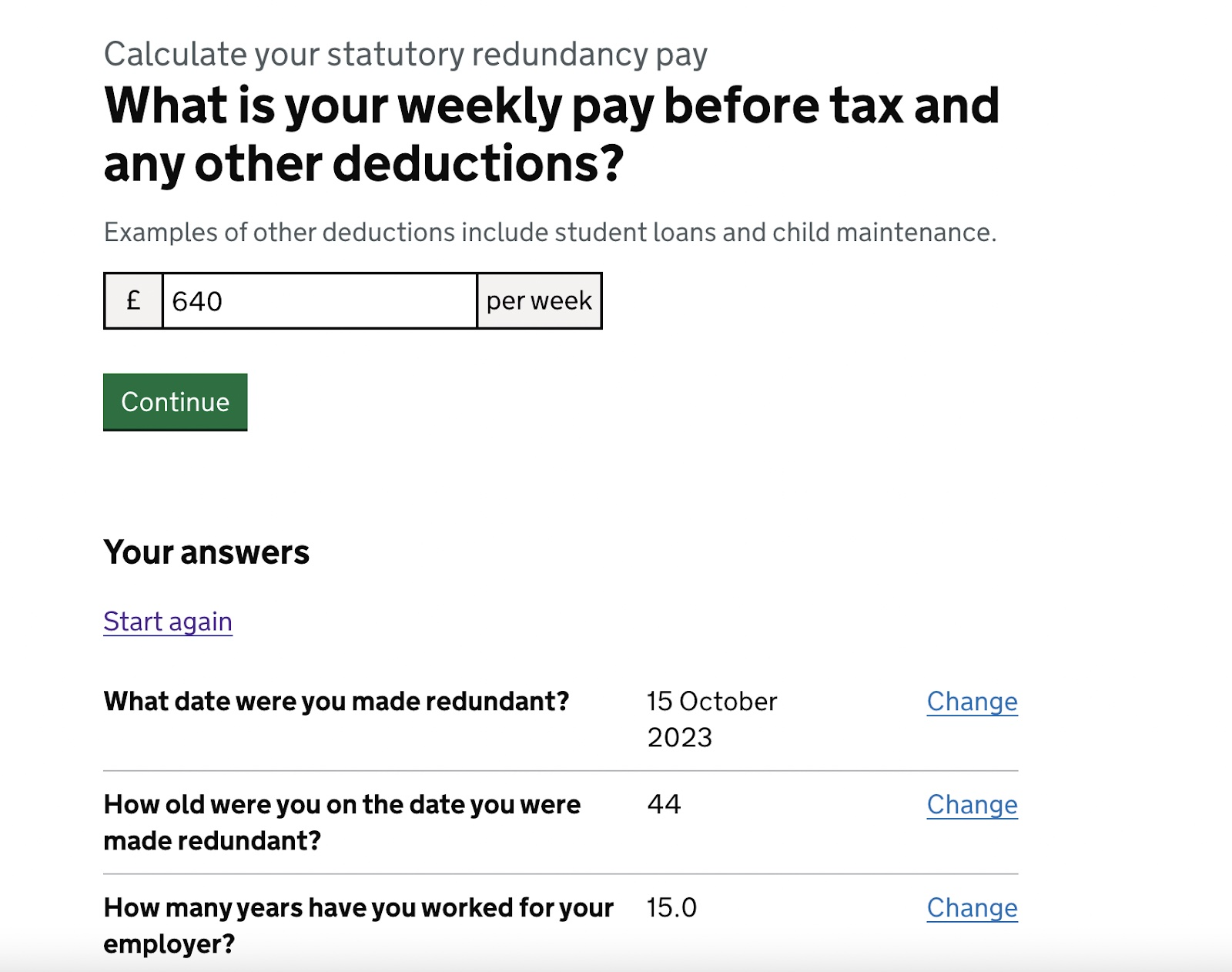Who Pays Redundancy Money? Recognizing Company Duties in the UK
Who Pays Redundancy Money? Recognizing Company Duties in the UK
Blog Article
Discovering the Operational Characteristics of Firm Redundancy and Its Long-Term Sustainability

Redundancy Methods for Company Continuity
In order to make certain undisturbed operations, businesses should carry out reliable redundancy methods for company connection. Redundancy in this context describes the duplication of critical components or features within a system to minimize the influence of potential failures. By including redundancy strategies, companies can enhance their strength against interruptions brought on by numerous factors such as all-natural calamities, equipment failings, or cyber-attacks.
One common redundancy approach is the execution of backup systems and information storage space solutions. This entails creating matches of essential information and systems that can be turned on in situation of a key system failing. Furthermore, organizations can develop redundant interaction networks and source of power to keep connection and procedures throughout unforeseen occasions.
Additionally, cross-training workers to do numerous roles within the business can act as a beneficial redundancy technique. This ensures that essential jobs can still be carried out even if key workers are not available as a result of health problem or other reasons. In general, reliable redundancy approaches are essential for services to support functional continuity and lessen the influence of prospective interruptions.
Effect of Redundancy on Organizational Resilience
Given the vital role redundancy approaches play in making certain business connection, exploring the effect of redundancy on organizational strength ends up being critical for recognizing the holistic functional dynamics of a firm. Organizational resilience describes an entity's capacity to adjust to disruptions, recoup from obstacles, and transform when essential while preserving core functions. Redundancy, when purposefully applied, can significantly contribute to enhancing an organization's durability when faced with unanticipated obstacles. By having back-up systems, workers, or procedures in location, firms can much better withstand shocks and continue operations with minimal disturbance.
In addition, redundancy can bolster worker morale and self-confidence, recognizing that there are contingency plans in location to deal with unforeseen conditions. This sense of safety can lead to increased efficiency and a much more favorable job environment. In addition, redundancy can cultivate innovation and creative thinking within an organization as staff members feel empowered to take calculated threats, knowing that there is a safeguard to sustain them in instance of failure. In general, the effect of redundancy on business durability is profound, shaping the long-lasting sustainability and success of a firm.
Stabilizing Performance and Adaptability in Redundancy
Accomplishing a harmonious balance between functional performance and adaptive flexibility check out this site is an essential difficulty in the strategic implementation of redundancy within organizations. Reliable procedures are necessary for maintaining efficiency and cost-effectiveness, guaranteeing that resources are utilized efficiently. Nonetheless, too much focus on efficiency alone can result in strength, making it hard for companies to adapt to unpredicted adjustments or challenges. On the other hand, flexibility allows organizations to react nimbly to evolving situations, fostering advancement and durability. Yet, excessive adaptability without a strong operational foundation can cause inadequacies and inconsistency.
To balance performance and flexibility in redundancy preparation, organizations have to carefully analyze their operational requirements, market characteristics, and tactical goals. Carrying out lean techniques can boost efficiency by getting rid of and enhancing procedures waste, while promoting a society of versatility and continual renovation can enhance adaptability. In addition, investing in cross-training programs and robust communication channels can help cultivate a functional workforce efficient in dealing with diverse tasks during periods of transition. Ultimately, finding the right stability in between performance and adaptability is crucial for constructing a lasting and resilient company despite unpredictability.
Long-Term Sustainability Through Redundancy Preparation
To ensure long-lasting viability and security, organizations should strategically straighten their redundancy planning with long-term sustainability goals, therefore harmonizing operational effectiveness with flexible adaptability. Firms should check out redundancy not as a responsive solution to immediate issues however as from this source an aggressive strategy for lasting success.

Aggressive Steps for Sustainable Business Workflow
Just how can business proactively enhance their functional sustainability for long-lasting success? Implementing positive measures is necessary for business aiming to make certain lasting operations. One vital method is to invest in innovation and innovation to enhance procedures, minimize waste, and stay competitive in the marketplace. Taking on sustainable methods such as lowering energy usage, decreasing carbon footprint, and enhancing resource use can not only profit the setting yet also lead to cost savings in the future.
In addition, cultivating a society of continuous enhancement and discovering within the company can enhance adaptability to altering market conditions and consumer needs. Motivating worker involvement in decision-making procedures and supplying opportunities for specialist growth can improve morale, productivity, and general efficiency. Establishing clear objectives, keeping track of key performance indications, and consistently reviewing progression are vital parts of positive sustainability administration.
Working together with providers, consumers, and various other stakeholders to promote sustainable methods throughout the supply chain can create a Look At This surge result of favorable impact - redundancy pay if company goes bust. By taking aggressive actions towards operational sustainability, firms can construct durability, drive advancement, and secure their long-term success in an ever-evolving business landscape
Verdict

In the realm of organizational management, the strategic release of business redundancy stands as a pivotal yet intricate practice that demands a delicate equilibrium between functional efficiency and long-term feasibility. By exploring the functional dynamics that underpin firm redundancy and examining its more comprehensive effects for organizational resilience and versatility, a nuanced understanding of exactly how redundancy methods can shape the future trajectory of a business begins to unfold.Offered the important role redundancy approaches play in making sure organization continuity, discovering the impact of redundancy on business resilience ends up being vital for recognizing the alternative functional characteristics of a company. Generally, the influence of redundancy on organizational durability is extensive, shaping the long-lasting sustainability and success of a firm.
In conclusion, comprehending the functional characteristics of company redundancy is vital for ensuring long-lasting sustainability.
Report this page